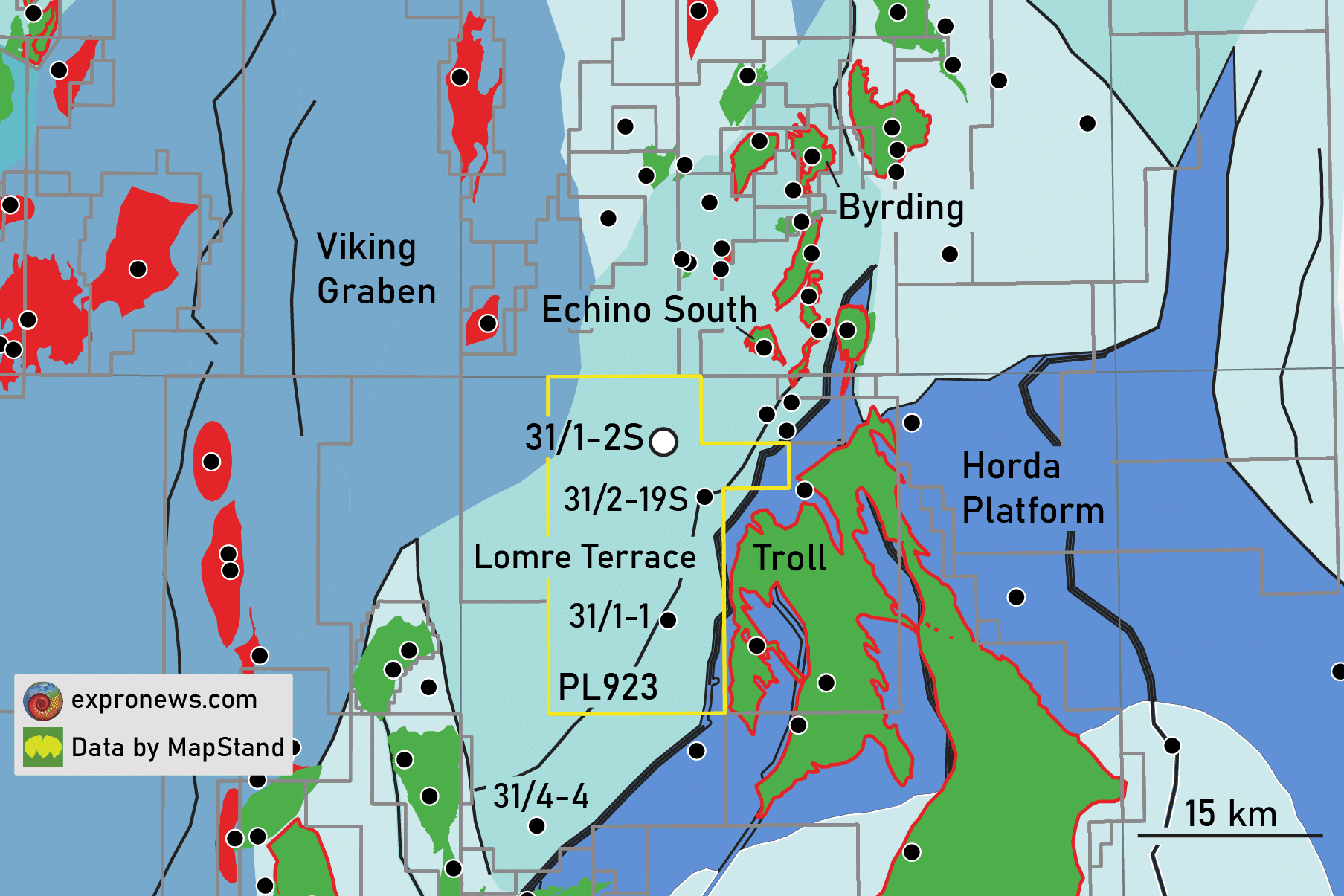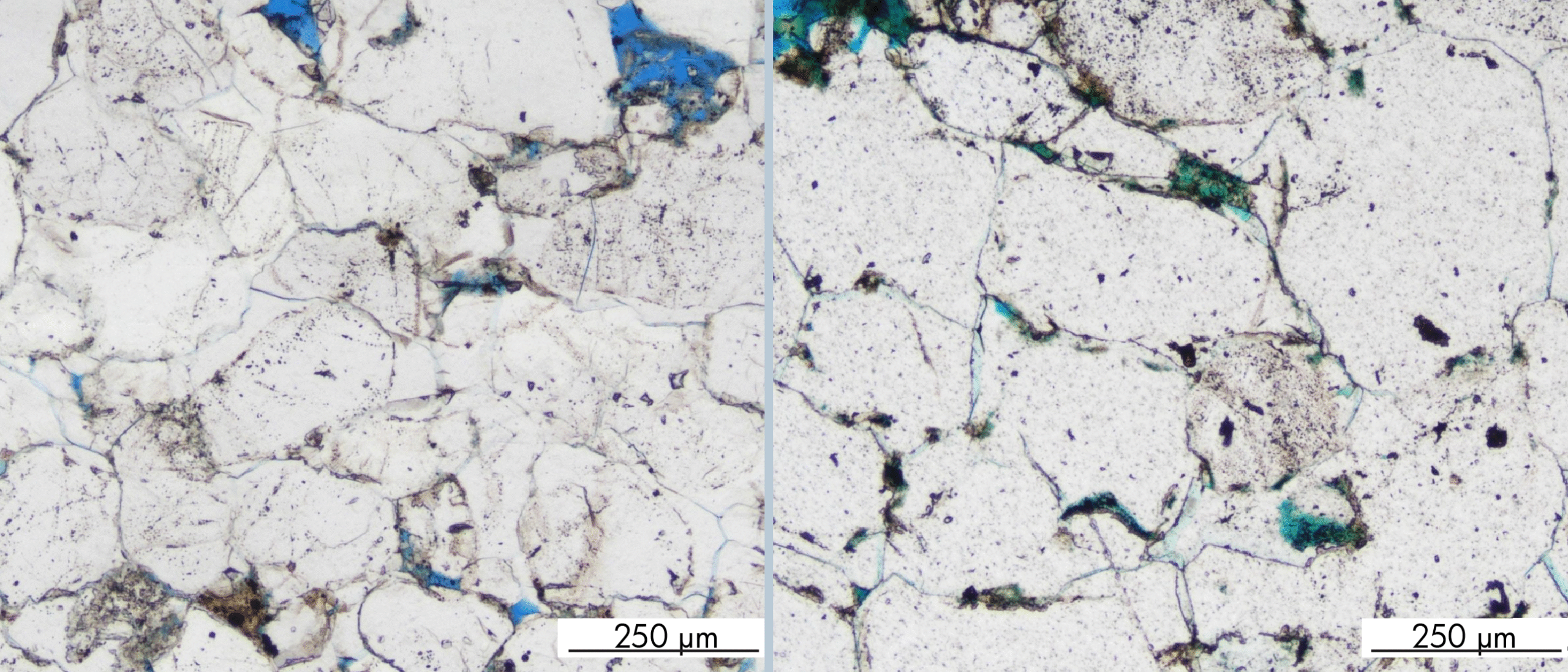Looking at a map of the Norwegian Northern North Sea (see above), with the structural elements as a background to the existing fields and exploration wells, 31/1-2S can almost be regarded as a frontier exploration well in a North Sea context.
Lomre Terrace
The structural element the well is being drilled in is called the Lomre Terrace, and although there are fields in the northeast corner such as Byrding, and recent discoveries such as Echino South, the main part of the Lomre Terrace it is still undrilled.
Equinor is now targeting the Røver Nord prospect in PL923, with expected primary reservoirs to be the Middle Jurassic Brent as well as the underlying Lower Jurassic Cook Formation.
The Lomre Terrace developed as a response to Jurassic rifting and forms – as the name suggests – a terrace structure between the deeper Viking Graben in the west and the Horda Platform in the east (see cross-section below).
Where is the trap?
Is it a surprise why the area has not been explored more before? The surrounding structural highs have not disappointed, with the Troll field in the east, Oseberg East in the south and the above-mentioned fields in the north. The most likely scenario is that the Lomre Terrace has so far been seen as an area of petroleum migration from the deeper Viking Graben, but the apparent lack of valid traps has probably prevented the area to be explored earlier.
And this why well 31/1-2S is “frontier”, not because of reservoir presence or charge, but in terms of hydrocarbon trapping.

The margin was drilled
It must be said though that around six wells have been drilled along the eastern margin of the Lomre Terrace, close to the Horda Platform. The three wells labelled on the map all found the Brent, but they turned out water-wet.
The fact that 31/1-2S is now drilling in a much more central position of the Lomre Terrace must therefore be seen as a bold test, which in the case of success may spur a new phase of exploration activity in the licence.
Hydrocarbon migration expected
In conjunction with the observation about hydrocarbon migration made above, Migris, the company that describes and reduces geological and economical exploration risk by simulating geological processes, also predicts that the Røver well is likely to drill into reservoirs that at least have seen migration of hydrocarbons through it. The company classifies 31/1-2S as a class A well with a flowrisk value of 97% for the Middle Jurassic.
HENK KOMBRINK





